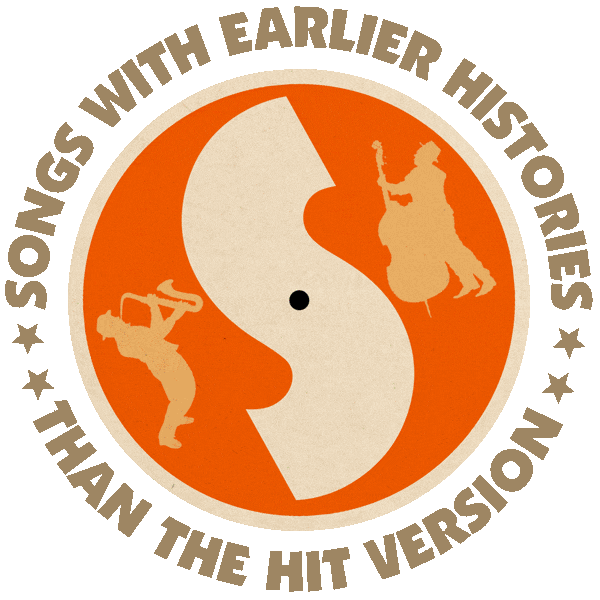Written by Charles Chaplin and first performed (as an instrumental) in Modern Times (1936).
Hit versions by Nat “King” Cole (US #10/UK #2 1954), Sunny Gale (US #19 1954).
Also recorded by Michael Jackson (1995).
From the wiki: “‘Smile’ was first performed untitled in Charlie Chaplin’s 1936 part-talkie motion picture Modern Times as film’s ‘romance theme’. Chaplin, the composer, says he found inspiration for the song in Puccini’s ‘Tosca’. The composition was arranged for the movie by Edward Powell & David Raskin with the soundtrack orchestra conducted by Alfred Newman (one of Randy Newman’s uncles).
“John Turner and Geoffrey Parsons later added the lyrics and the ‘Smile’ title in 1954. The lyrics were based on lines and themes from the motion picture, telling the listener to cheer up and that there is always a bright tomorrow, ‘just as long as you smile.’

